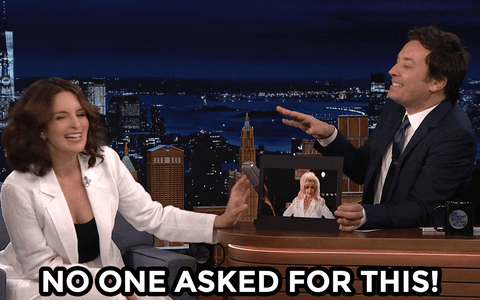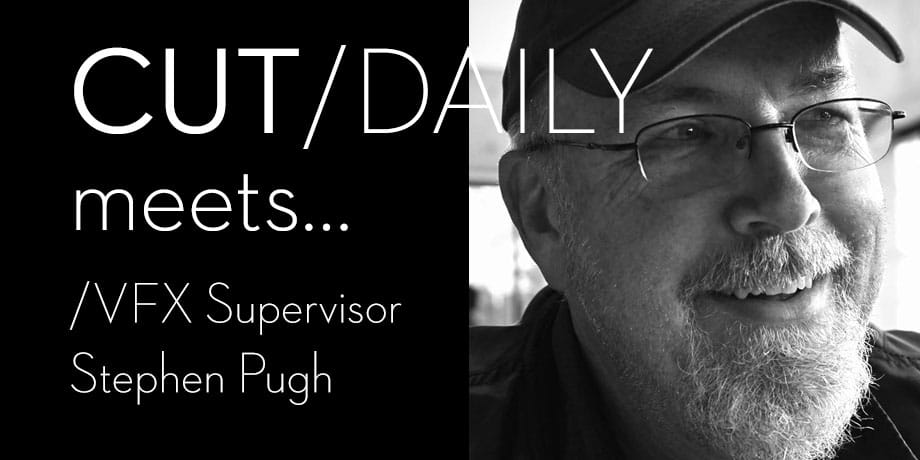#472 – Nobody Wants This – Edit & VFX

One of the real benefits of running Cut/daily is getting to connect with so many amazing Post Production Professionals, many of whom are up for being featured in our once-every-5-issues on-going interview series Cut/daily Meets...
The challenge is that I've got quite the backlog of brilliant interviews packed with useful insights, shared wisdom, and funny anecdotes to share, yet I don't want to inundate you with too much goodness all in one go...
So, in this bonus issue of Cut/daily Meets... we'll try something new and get to hear from two Post Pros who worked on the same Emmy-nominated show, Nobody Wants This.
My favourite thing they had to share?
The crunch and dirtiness of the real world is often an aspect of VFX work that can be overlooked.
— Stephen Pugh, VFX Supervisor
I wish I knew it was okay to take chances in the edit.
In film school you are taught all the rules. And rules are fine, but they are also just suggestions. Some of my best work is because of happy accidents.
— Maura Corey, Editor
VFX Supervisor Stephen Pugh

Visual Effects Supervisor Stephen Pugh handled the numerous invisible effects and fixes on the popular TV series Nobody Wants This.
Having started his career in the mid-90s, he's no stranger to being the one to actually ‘fix it in Post.’
His film and TV credits include:
- Babylon 5
- Hellboy
- The Amazing Spider-Man
- Fringe
- A Good Day to Die Hard
- Sleepy Hollow (TV series)
- The Man in the High Castle
- Community
- What We Do in the Shadows
I'm always keen to learn from our comrades in all areas of Post, so I'm grateful to Stephen for answering my bonus questions!
What aspect of working on the show are you most proud of - even if no one else might notice?
Actually, for a show like Nobody Wants This the best compliment is for people to say that they didn't realize there were any visual effects in the show!
For a show that is so grounded in the comedy and complexity of relationships, my role is to remove obstacles so that the show's creative team can deliver the best take of every beat.
Sometimes that means removing a crew reflection or a part of a set or location, other times it is replacing a phone screen to make a joke land more effectively, but it should never call attention to itself.
What was the biggest challenge you faced, and how did you overcome it?
There was an episode with a basketball game which was shot in a gymnasium where it would have been prohibitive to remove all of the banners, but we couldn't use the names that were featured.
Those scenes were a mix of selective motion blur on distant banners, as well as tracking and color correcting a vinyl replacement for part of the court, which we used Adobe After Effects for; the camera motion definitely gave my planar tracker a workout!
What aspect of VFX editing do you think most editors (or assistant editors moving into it) underestimate?
Hmmmm, as a VFX artist and supervisor I come at the workflow from a different angle but I can say that the crunch and dirtiness of the real world is often an aspect of VFX work that can be overlooked– matching depth of field across a cellphone screen replacement, preserving environmental reflections, all that little stuff makes a huge difference.
Do you have a favourite VFX editing workflow hack/trick/tip you could share?
Always be on the lookout for new ways to add to your toolbox, because it's a mistake to think that one tool is going to be the best solution for every problem you're going to encounter.
